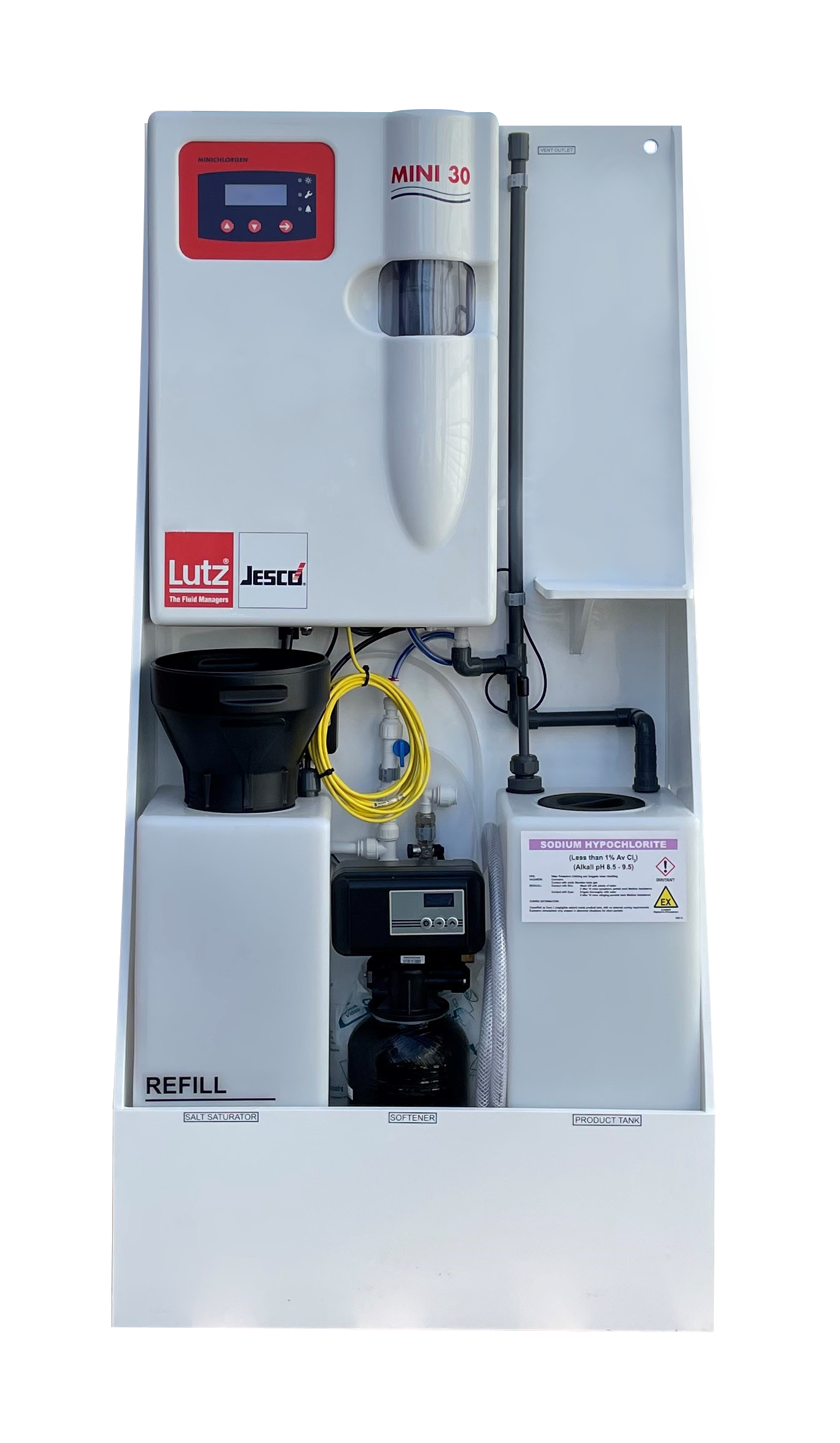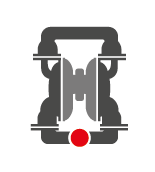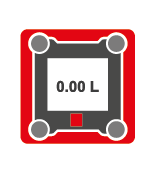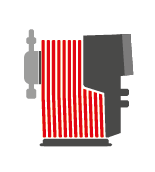
So that legionella does not endanger your vacation
Wertheim, August 6, 2024 - After a summer vacation, you suddenly feel unwell on the couch at home: headaches, coughs, chills and high fevers take the place of sun, beach and cocktails. The cause is Legionnaires' disease, a severe form of pneumonia caused by legionella bacteria in water. Lutz-Jesco, a specialist in water disinfection technologies, explains what holidaymakers should look out for.
Between 2015 and 2022, 10,412 cases of Legionnaires' disease were reported to the Robert Koch Institute (RKI). 1,927 of them are considered travel-associated. Smokers and people with a weakened immune system are particularly at risk. Underlying illnesses such as diabetes also increase the risk of a severe course of Legionnaires' disease. The figures show that it is not particularly likely to bring a Legionella infection with you on vacation. However, vacationers should still exercise caution and follow a few protective measures. For example, it makes sense to run the taps and shower in a hotel room for some time before using it for the first time - preferably with warm water above 60 °C, as the bacteria are inactivated at this temperature. This is because it often happens that hotels do not allocate rooms for a long time during periods of low occupancy. The only guests are then bacteria, which multiply in the unused pipes and wait for human vacation acquaintances. It is therefore also advisable to flush the pipes when you return to your own four walls.
Whirlpools should be used with caution
To protect yourself from a legionella infection while on vacation, you should also take a critical look at the hygiene conditions in swimming pools, which are not as strict everywhere as they are in Germany. "Legionella thrive particularly well in insufficiently cleaned whirlpools and showers with poor ventilation. If the water is atomized, contaminated aerosols can quickly enter the lungs," says Thomas Beutel, an expert in swimming pool technology and dosing systems engineering at Lutz-Jesco GmbH. An incident from 1999 in Bovenkarspel in the Netherlands shows just how bad the consequences can be. Visitors had to pass through a sales exhibition for household furnishings on their way to a flower show. They became infected with legionella through the air. Two whirlpools caused 233 illnesses and 22 deaths at the time.
1,000 bathers bring 50 liters of urine into the bathing water
Swimming pools can also become a danger, especially when fountains and waterfalls spread aerosols and the concentration of disinfectants in the water does not correspond to the degree of contamination. "1,000 bathers bring an average of 50 liters of urine, 300 liters of sweat, 4 kilograms of organic substances and around 100 billion germs into the water. Although these are diluted by more than 3.6 million liters of water, they must also be removed again by a well-functioning water treatment system," says Beutel. Dosing systems for disinfectants with precise measurement and control technology from Lutz-Jesco, which can be found in more and more swimming pools around the world, could provide cost-effective safety here. "Our modern solutions include sensors that continuously measure the concentration of disinfectants in pools," explains Beutel. "This data enables our dosing systems to adapt quickly and always add the optimum amount of disinfectant to the water to reliably eliminate the risk of legionella infection."
Lutz-Jesco's goal: barrier-free water disinfection for greater safety on vacation
But it's not just swimming pools that can become a contamination risk on vacation. Air conditioning systems, cooling towers and public fountains can also be breeding grounds for legionella. "We know the different scenarios and offer a wide range of water disinfection technologies with chlorine dioxide systems, chlorine electrolysis systems and CHC dosing stations," says Beutel. The SAFETYCHLORMIX, for example, is a mobile emergency chlorination system that can be moved by one person alone with a hand truck to quickly and flexibly produce calcium hypochlorite for water disinfection on site. The MINICHLORGEN chlorine electrolysis system, which is used in mobile waterworks in Ukraine and elsewhere, can be used to produce the disinfectant sodium hypochlorite from commercially available salt tablets. "Our aim is to make water disinfection barrier-free in order to achieve widespread use for maximum protection of people."
About the Lutz Group: Pioneer in fluid management since 1954
Founded in 1954, the internationally active family business Lutz stands for professional fluid management. Today, the Lutz group of companies includes efficient, medium-sized companies with locations in Germany and abroad that operate in the broad field of pump technology, water treatment and disinfection. The Lutz Group has 13 subsidiaries and is represented by agencies in over 80 countries.
The high-quality and reliable pumps, systems and accessories are used for dosing, conveying, emptying and mixing a wide variety of media from containers and in systems and processes. The product range includes drum and container pumps, flow meters, double diaphragm pumps, centrifugal pumps, solenoid or motor-driven dosing pumps, gas dosing devices, measuring and control systems, disinfection systems and equipment for industry and swimming pool water.
Corresponding to the broad range of services, the products and problem solutions of the Lutz companies are used in a wide variety of industries and commercial sectors. Outstanding examples include the chemical industry, the automotive and vehicle industry, electroplating and surface treatment, the food industry, the paint and coatings industry, the agricultural industry, water and wastewater treatment and the paper and ceramics industry.








